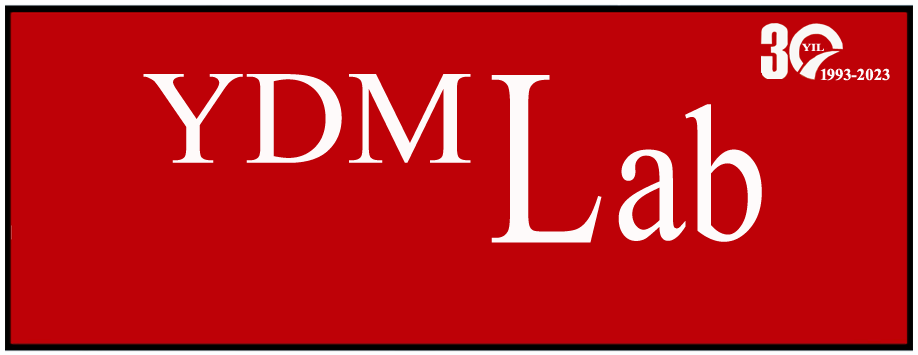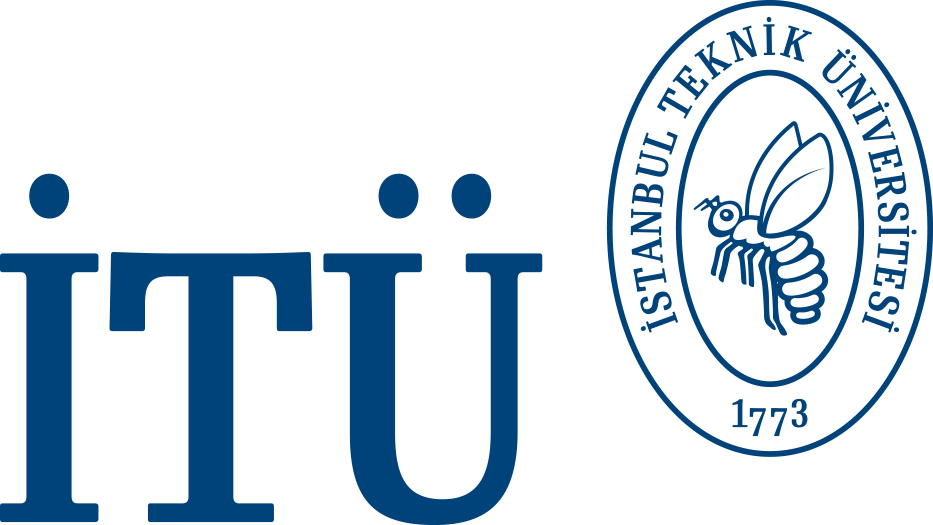A Shory History of
STRUCTURAL and EARTHQUAKE ENGINEERING LABORATORY (STEELab)
The private laboratory building projects where STEELab provides services began to be prepared in 1973, and the construction was completed in 1978. In the previous period, there was a reinforced concrete laboratory in the basement of the Taskisla Building, and reinforced concrete beam tests were carried out within the scope of the "Strength of Reinforced Concrete Structures" course given by Prof.Dr. Kemal Ozden. After the new laboratory building was installed in 1978, creep tests were carried out on reinforced concrete elements by Prof.Dr. Rifat Yarar.
Immediately after the earthquake in Erzincan on March 13, 1992, Prof.Dr. Rifat Yarar's call for international cooperation with Japan and the project titled "Behavior of Column-Beam Joints in Reinforced Concrete Systems", proposed by Prof.Dr. Hasan Boduroglu to the State Planning Organization of Turkey resulted positively in 1993.
Within the scope of the agreement titled "The Establishment of An Earthquake Disaster Prevention Research Center in Turkey" signed between the Turkish and Japanese governments in 1993, the Japan International Cooperation Agency (JICA) provided significant grant support to Turkey. One leg of the project was carried out in Ankara under the responsibility of the Department of Disaster Affairs, and the other leg was carried out in Istanbul at the Faculty of Civil Engineering of ITU. Prof.Dr. Rifat Yarar, Prof.Dr. Hasan Boduroglu, Prof.Dr. Faruk Karadogan, and Prof.Dr. Atilla Ansal made significant contributions to the realization of the project at our faculty. The project consisted of two separate stages: (1 April 1993 - 31 March 1998) and (1 April 1998 - 31 March 2000).
Using the MTS 244.31 hydraulic actuator system, displacement measurement systems, and small amplitude accelerometers provided by the JICA project, many experimental studies were carried out indoors and outdoors, and experimental study requests from the private sector began to come. Within the scope of the JICA project, it was possible for many lecturers and research assistants to go to Japan and for Japanese experts to visit STEELab. The electronic components, control units, and software of the MTS 244.31 hydraulic output system were updated in August 2011 with the opportunity provided by another research project, and it became possible to use the devices for a longer period.
The DARTEC hydraulic actuator system was modernized and put into use with the opportunities provided by the TUBITAK projects received in 2006.
To perform real-time dynamic experiments, the uni-axis "ARI-I Shaking Table" with a plan size of 2.35 X 2.35 m was put into service in 2014. The project budget of US$ 250,000 was provided by 19 individuals and organizations, most of whom are ITU graduates. The shaking table, whose original design and production in terms of mechanics, electricity, hydraulics, and software were carried out in our country, has been used effectively since it entered into service.
The "TCDD - ITU HASLAB Fatigue Testing Laboratory", which was established in Haydarpasa within the scope of the "Evaluation of Railway Bridges" project carried out within the framework of the NATO Science for Stability Program under the management of Prof. Dr. Erdogan Uzgider and provided service for many years, ended its activities in 2015. Within the framework of the protocol signed between the Faculty of Civil Engineering and TCDD in March 2016, all the instruments used in this laboratory and the steel fatigue frame were brought to STEELab. The steel fatigue frame was revised and re-established per the STEELab layout plan. The electronic components of the MTS 244.41 hydraulic actuators, hydraulic hoses and data transfer cables, control units, and software that constitute the fatigue testing system were updated with the opportunity provided by another R&D project. The modernized system is actively used in railway infrastructure product tests.
The management of STEELab was carried out by Prof. Dr. Faruk Karadogan between 1993-2007, by Prof. Dr. Alper Ilki and Prof. Dr. Ercan Yuksel between 2007-2015, and by Prof. Dr. Ercan Yuksel since 2015.
Since its establishment, STEELab has conducted numerous joint research projects with educational and research institutions from Japan, the United States, and European Community countries. Over the 30-year period, approximately 40 Ph.D. and more than 100 M.Sc. theses have been completed at STEELab, and approximately 75 SCI / SCIE-indexed journal papers have been published. Some chapters in the Turkish Earthquake Codes published in 1997, 2007, and 2018 were based on the results of experimental studies conducted at STEELab.
Sayfa PDF 54 / 208
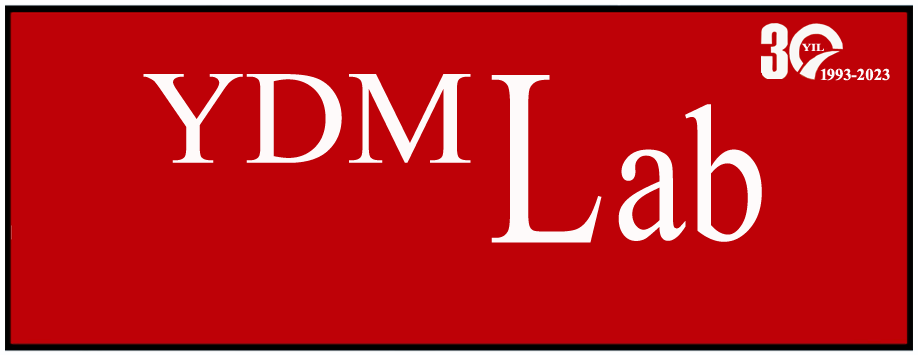

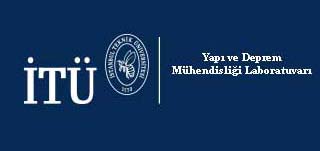
Copyright 2023
.png)
.png)

